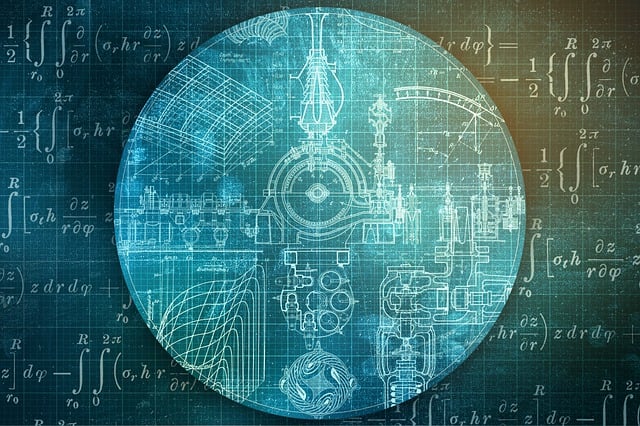Machine Learning Algorithms in Data Science
 Diya Singla
Diya Singla
Machine learning algorithms are an integral part of data science, as they enable the extraction of valuable insights and predictions from data. These algorithms can be astronomically classified into three orders supervised literacy, unsupervised literacy, and underpinning literacy. Let’s explore each category and some popular algorithms within them:
1. Supervised Learning:
In supervised learning, the algorithm learns from labelled data, where each data instance has input features and corresponding output labels or target values. The goal is to train a model that can accurately predict labels for new, unseen instances.
Popular supervised learning algorithms include:
— Linear Regression: Used for predicting continuous numeric values based on input features.
— Logistic Retrogression: Used for double bracket problems, where the affair is a probability of belonging to a certain class.
— Decision Trees: Create a tree-like model to make decisions or classifications based on feature values.
— Random Forest: Ensemble of decision trees that combine their predictions to improve accuracy and robustness.
— Support Vector Machines (SVM): Find a hyperplane that separates data points into different classes with the maximum margin.
— Naive Bayes: Based on Bayes’ theorem, it predicts the probability of a data instance belonging to a particular class.
— Neural Networks: Deep learning models composed of multiple layers of interconnected neurons, capable of solving complex problems.
Appropriate knowledge required for machine learning algorithms in data science is usually provided in a Data Science Internship because here, one is taught by well-experienced individuals in this domain with an experience of more than 25 years.
2. Unsupervised Learning:
Unsupervised learning algorithms learn from unlabeled data, where only input features are available. The goal is to discover data patterns, structures, or relationships without predefined output labels.
Popular unsupervised learning algorithms include:
— Clustering Algorithms: Group similar data instances together based on their feature similarities, such as K-means clustering, hierarchical clustering, and DBSCAN.
— Principal Component Analysis (PCA): Dimensionality reduction technique that captures the most important features and reduces data complexity.
— Association Rule Learning: Discover interesting relationships or associations among variables in large datasets, such as the Apriori algorithm.
3. Reinforcement Learning:
Reinforcement learning involves an agent that interacts with an environment to learn through trial and error. The agent learns to take actions that maximize cumulative rewards or minimize penalties.
Popular reinforcement learning algorithms include:
— Q-Learning: A model-free reinforcement learning algorithm that learns an optimal policy through exploration and exploitation.
— Deep Q-Network (DQN): Combining deep neural networks with Q-Learning for handling complex, high-dimensional state spaces.
It’s important to note that this is not an exhaustive list of machine learning algorithms, and many other specialized algorithms and variations are available for specific tasks and domains. Data scientists elect and apply algorithms grounded on the problem at hand, the nature of the data, and the asked outgrowth. They also consider factors like model interpretability, computational efficiency, and scalability when choosing an algorithm for a particular project.
Subscribe to my newsletter
Read articles from Diya Singla directly inside your inbox. Subscribe to the newsletter, and don't miss out.
Written by
